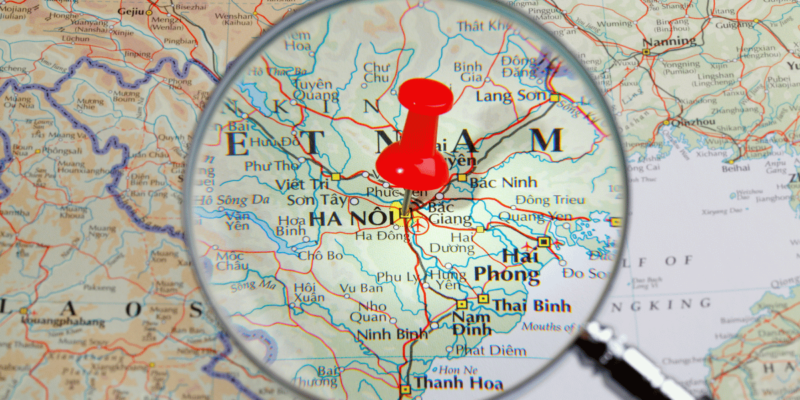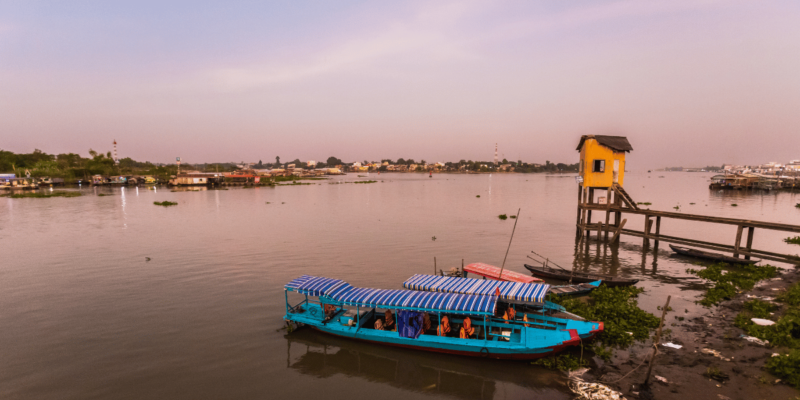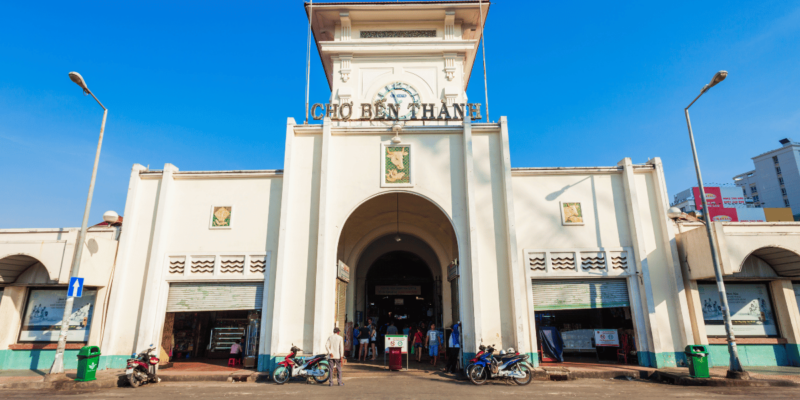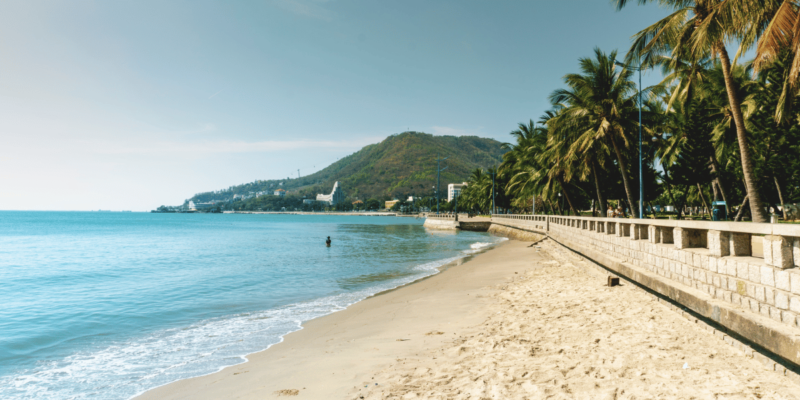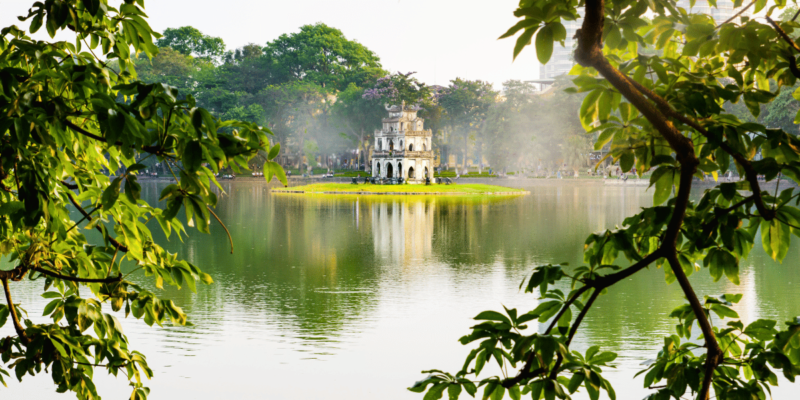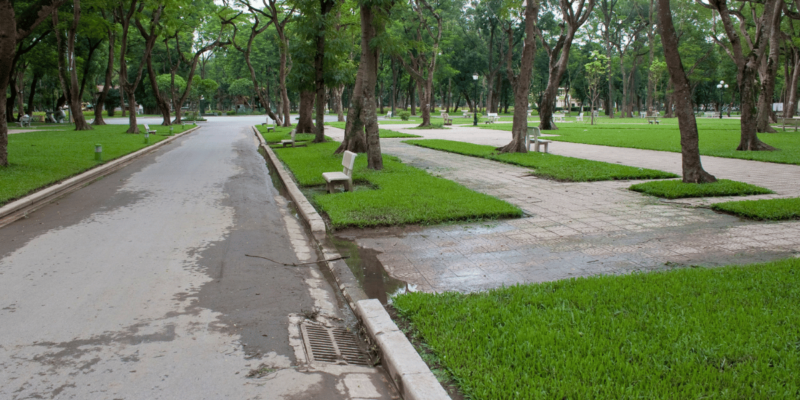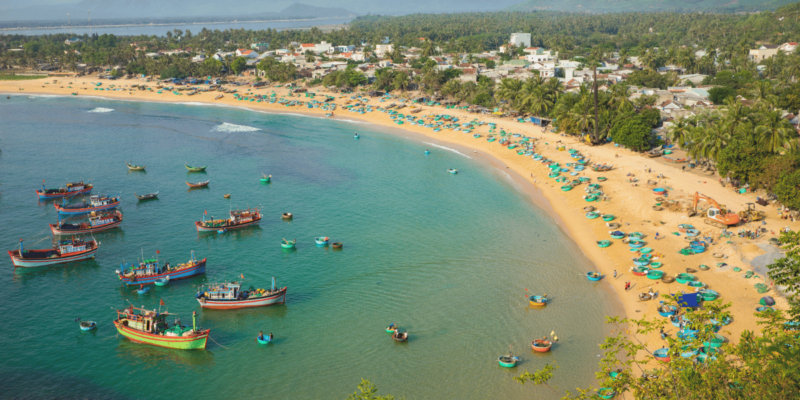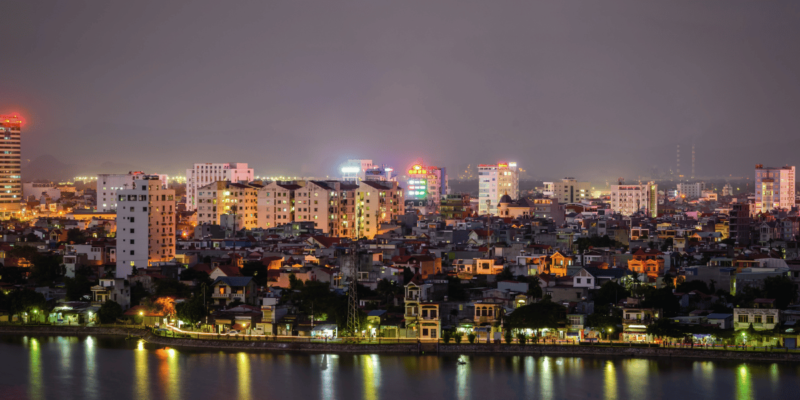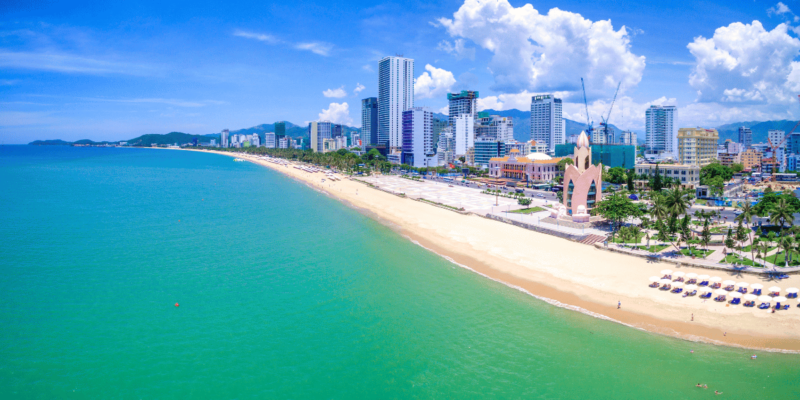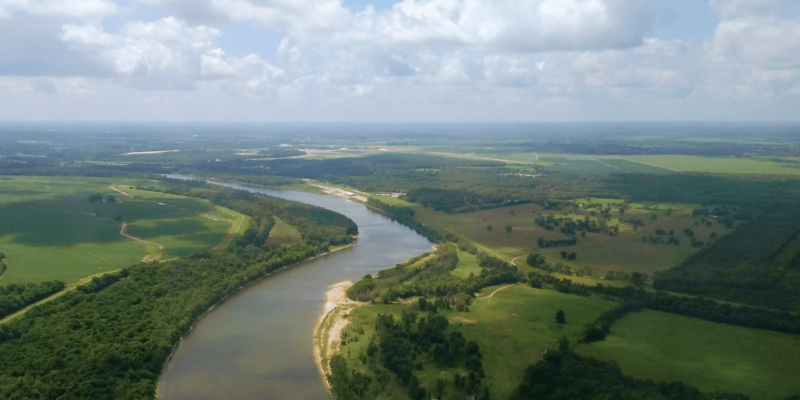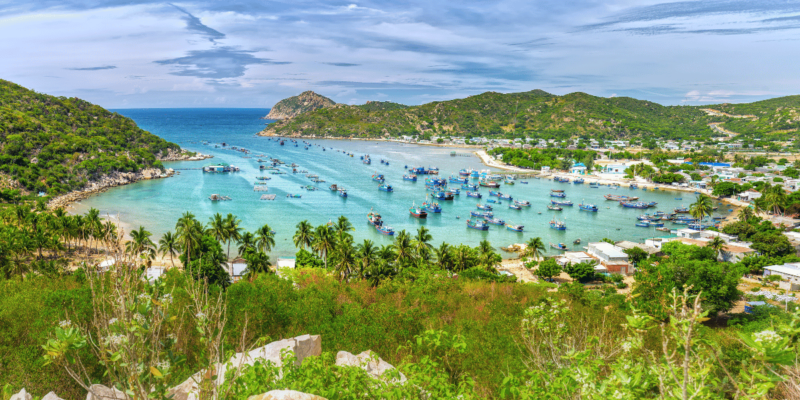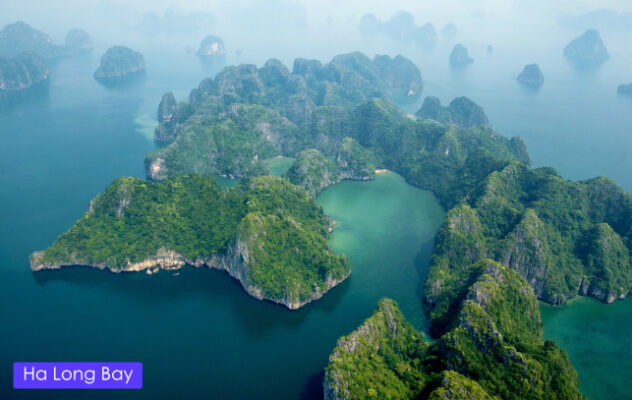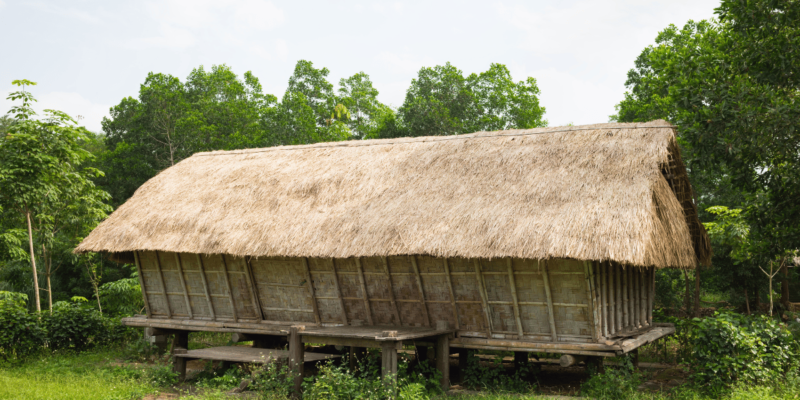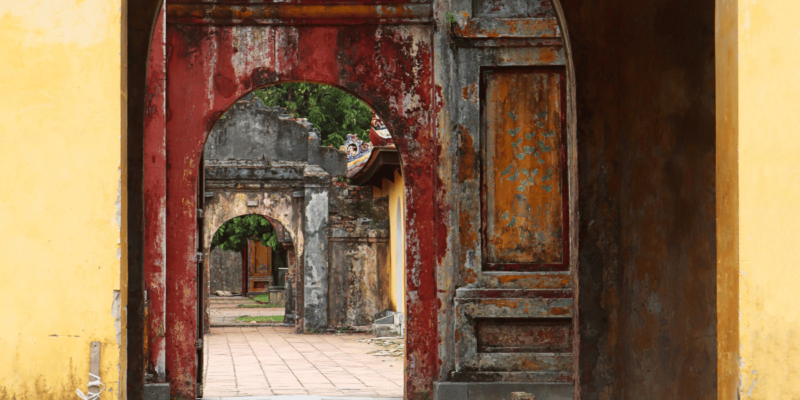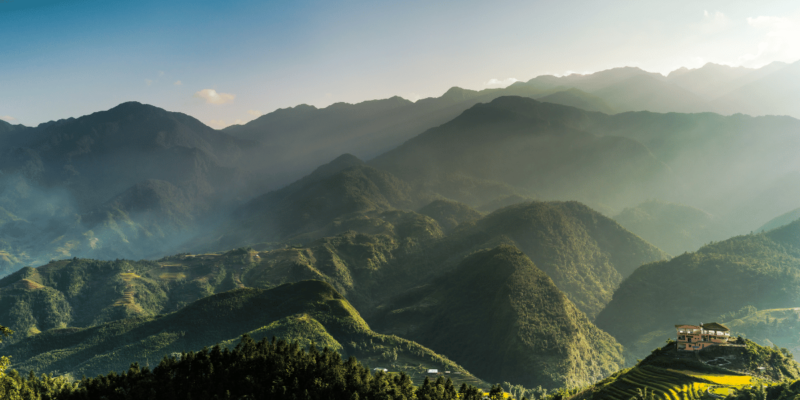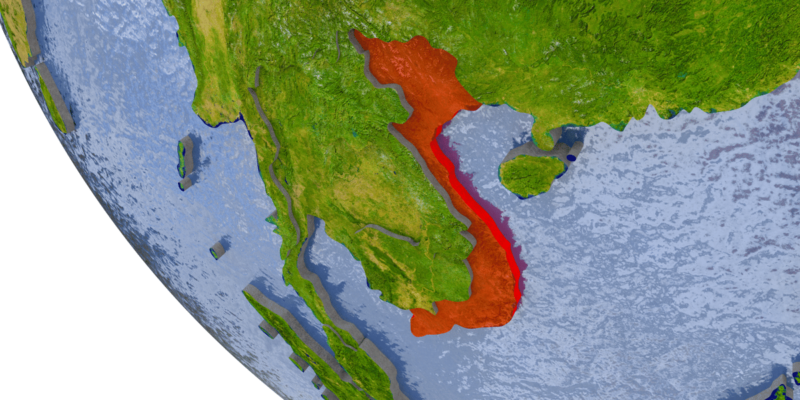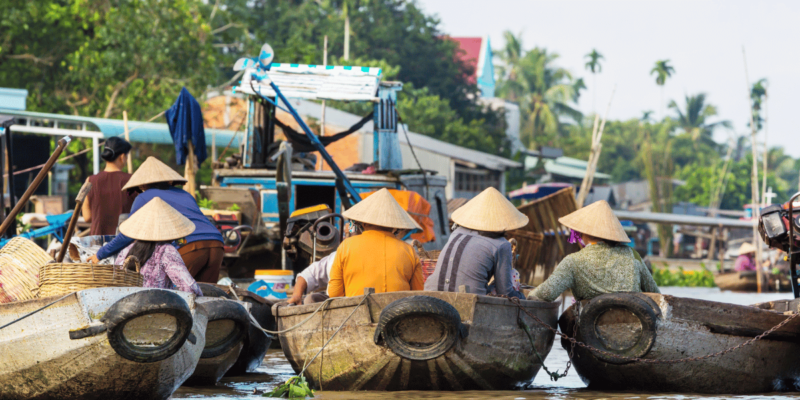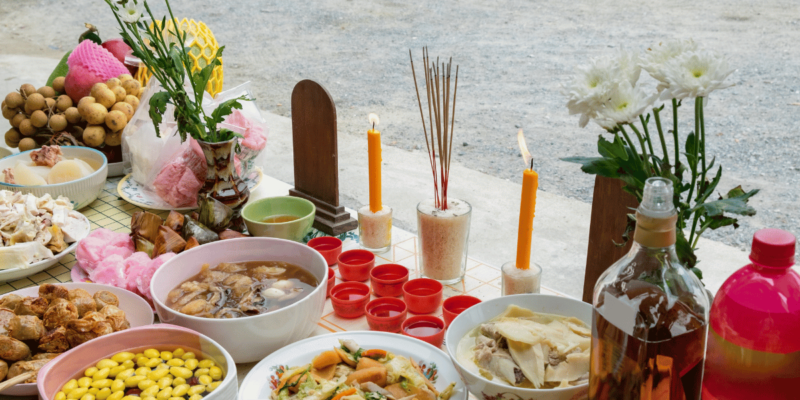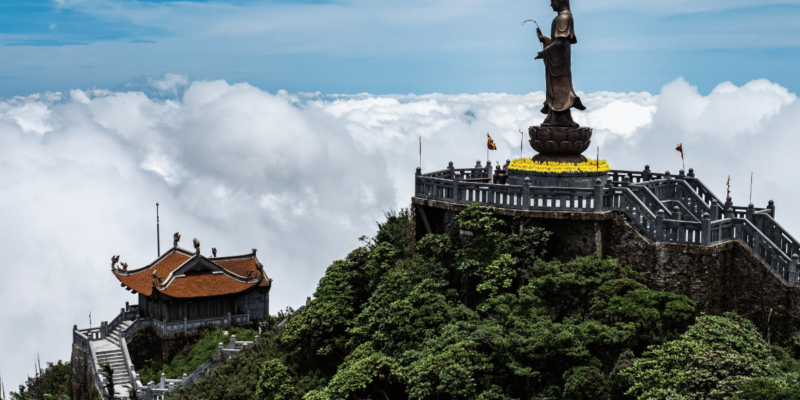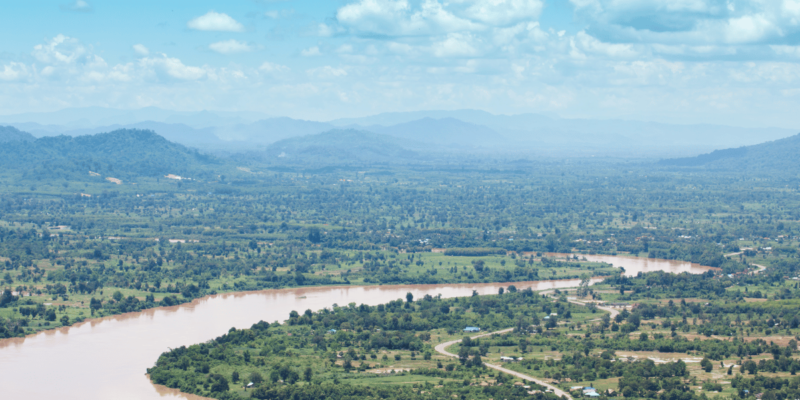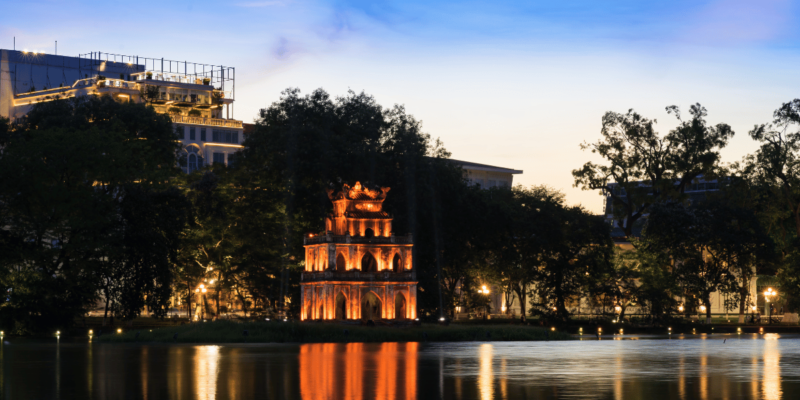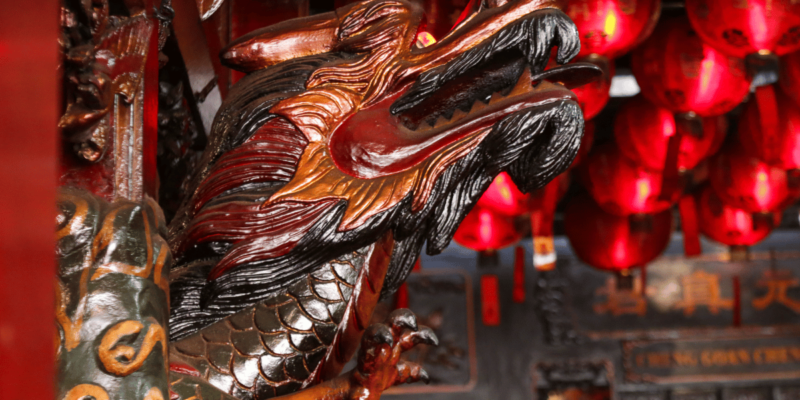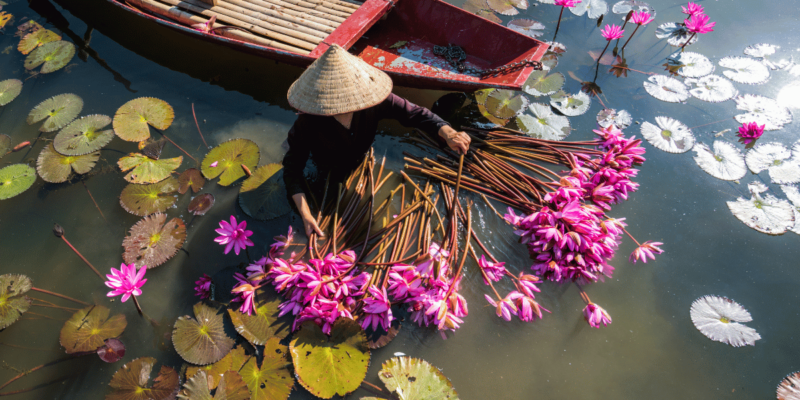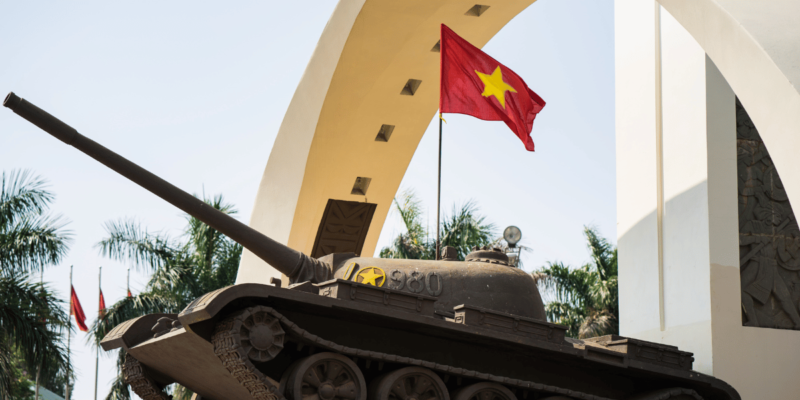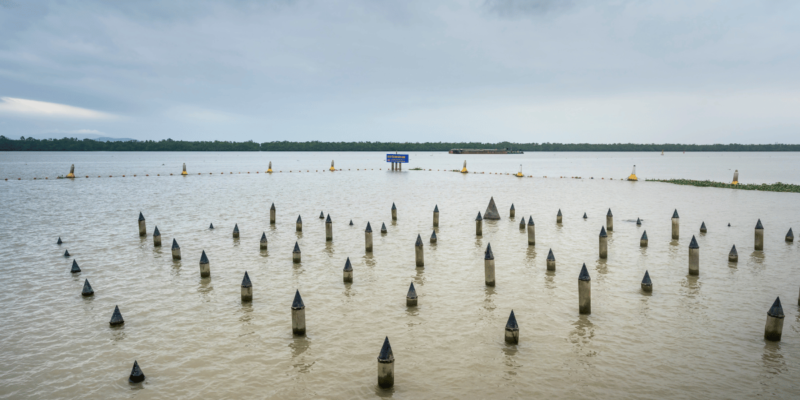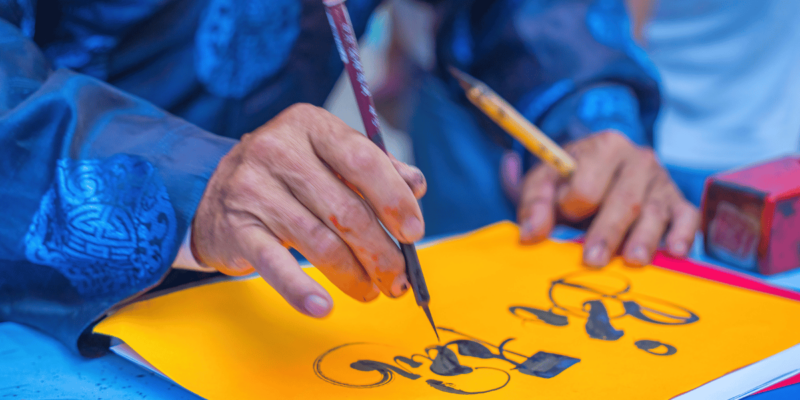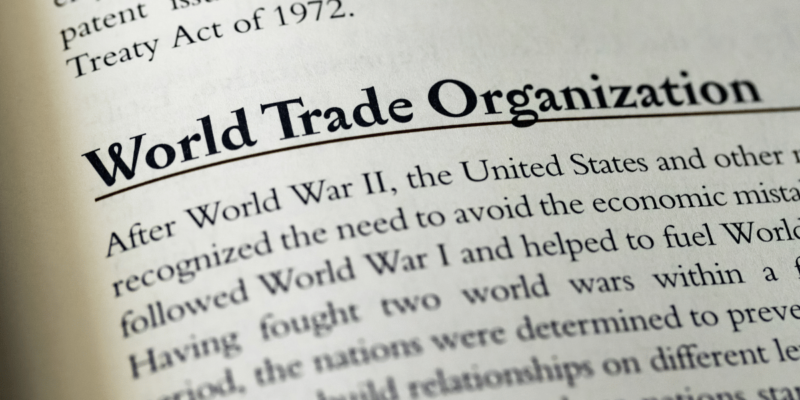About Vietnam
Vietnam’s Rich Tapestry: A Detailed Cultural and Historical Overview
Geographical and Environmental Foundations
Our exploration begins with Vietnam’s geography, a diverse landscape that ranges from the rice terraces and verdant valleys of the north to the sprawling deltas of the south. Each region not only supports diverse ecological systems but also shapes the agricultural and cultural practices of the local populations. The climate varies from the tropical south to the monsoonal north, influencing lifestyle, agriculture, and even architecture across the country.
Ethnic Diversity and Cultural Richness
Vietnam is home to a mosaic of ethnic groups, each contributing to the country’s cultural richness. From the majority Kinh people in the lowlands to the Hmong, Dao, and other groups in the highlands, each ethnic group brings its own traditions, festivals, and crafts to the collective table. This section delves into specific crafts such as the weaving of the Cham people, the intricate silverwork of the Hmong, and the wood carvings of the Ede tribe, illustrating how these crafts are not just art forms but vital aspects of cultural identity and survival.
Historical Echoes: From Dynastic Cycles to Colonialism
Vietnam’s history is marked by cycles of conquest and dynastic change, from the ancient dynasties like the Ly and Tran to the more recent impacts of French colonialism. Each era left its own cultural and architectural legacy, influencing everything from the sprawling citadel of Hue to the colonial architecture of Hanoi. The impact of French rule is particularly noted in the culinary adaptations that blend French techniques with Vietnamese flavors, creating a unique cuisine celebrated worldwide.
The Vietnam War: A Pivot in Historical Narrative
The Vietnam War is a central theme, given its profound impact on the country’s modern identity. This section provides a balanced view, incorporating stories from both the Vietnamese perspective and those of international forces. It emphasizes the resilience of the Vietnamese people during and after the war, and how this period was a turning point that led to significant socio-economic changes.
Modernization and Its Implications
Today, Vietnam is one of Asia’s fastest-growing economies. This section examines the dual challenges of economic growth and cultural preservation, highlighting initiatives to maintain cultural heritage amidst globalization. Topics include sustainable tourism practices, the revitalization of traditional crafts, and the integration of cultural heritage in educational curriculums.
Tourism as a Gateway to Cultural Preservation
Tourism is presented not only as an economic boon but as a powerful tool for cultural preservation. By showcasing Vietnam’s beauty to the world, tourism generates a sense of pride among Vietnamese and fosters a collective motivation to preserve these treasures. Real-life examples of community-based tourism and its benefits to rural areas are highlighted to show how tourism can be a force for good.
Interactive Platform for Global Dialogue
The final section reiterates our invitation to readers to engage with us, suggesting topics or providing insights that could enrich the content. It emphasizes our commitment to ongoing learning and adaptation, ensuring the platform remains an authoritative and responsive resource for all things Vietnam.


